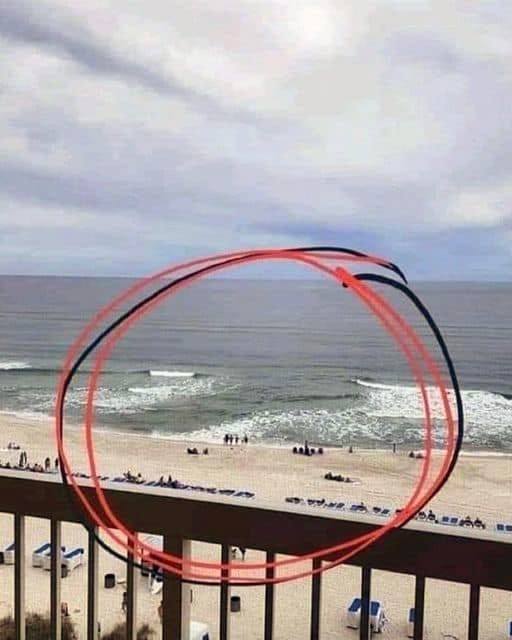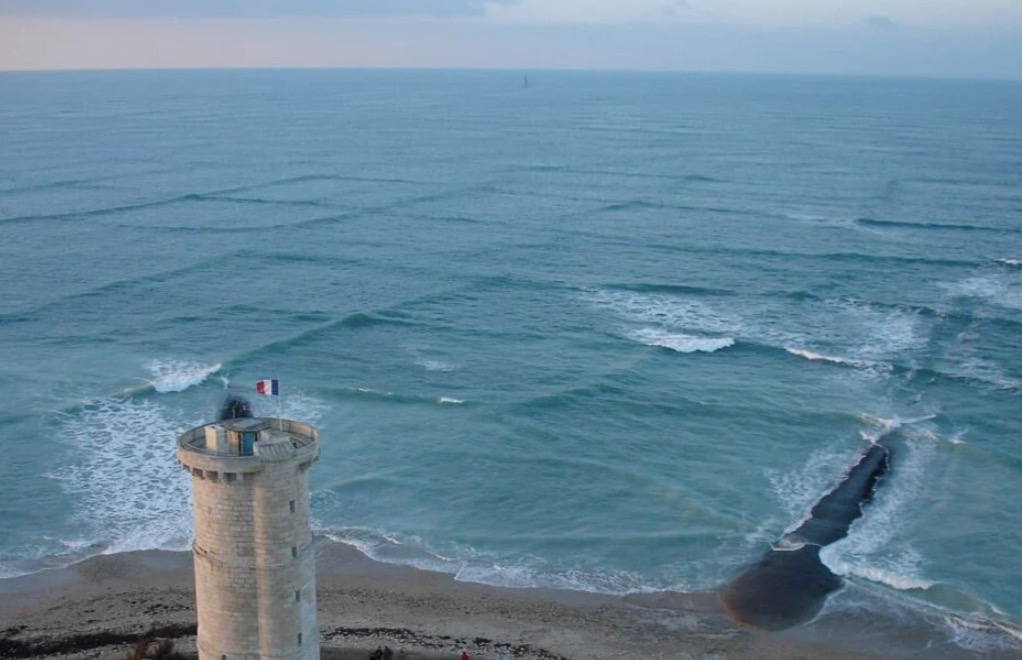
A trip to the beach is often a dream holiday for many people, with the allure of sun, warm sand, and the soothing sounds of the ocean. However, it’s essential to prioritize safety when enjoying the beach and ocean. While most are familiar with concepts like rip currents and changing tides, some might not be aware of the dangers associated with square waves.
Square waves, also known as “cross seas,” occur when two sets of waves intersect, forming a grid-like pattern resembling a checkerboard. This phenomenon results from the coexistence of a windsea and a swell or two different swell systems. It’s important to note that square waves are relatively rare, but when they occur, they are typically found near the coast.
These square waves can be especially hazardous for boats and swimmers. They can generate waves as high as 10 feet and alter wind patterns, making navigation difficult. While getting caught in square waves is unlikely, it’s crucial to know what to do if you ever encounter them.

If you find yourself in the water with square waves, you may not immediately notice the grid-like pattern, but you’ll likely experience larger swells and the challenge of swimming against two distinct currents. In such a situation, it’s advisable to avoid venturing too far from the shore in the first place. If the waves become too large or the conditions worsen,
it’s best to exit the water promptly.
Square waves are more likely to pose a danger to boats and ships farther from the shore, making it safer to stay in the shallower waters. If you’re at the beach during such conditions, it’s wise to remain on the shore or take a brief dip in the shallow water until the weather and ocean conditions improve. Safety should always be a top priority when enjoying the beach and ocean.
Please share this information with your family and friends to help ensure their safety when visiting the beach.
Leave a Reply